We’ve all done it.
You pull the toast out of the toaster and slather on a dollop of butter, giving little thought to the serving size.
Later, while putting dinner together, the extra virgin olive oil flows freely into the pan while sauteing some vegetables.
All these additions can indeed punch up the flavor. But without even thinking about it, you’re packing unnecessary calories into every meal.
So what do realistic serving sizes look like for some of your common ingredients?
Your recommended daily calories will vary based on age, sex and activity level. While many people are taught to try to aim for 2,000 to 2,500 calories per day, nutrition experts say there’s a lot of room for flexibility.
The 2,000-calorie diet is, however, a good starting point—especially once you take a deep dive into nutrition labels.
Kristi Artz, MD, medical director for Corewell Health Lifestyle Medicine, said you can use the food pyramid as your guide.
“Think with a plant slant,” Dr. Artz said. “Fruits and vegetables are packed with phytonutrients and will keep you feeling full longer.”
Fruits and veggies are the foundation of the food pyramid, which means you can eat plenty of them every day.
Vegetables
A healthy diet should consist of at least two-and-a-half to three servings of vegetables each day, Dr. Artz said.
“One serving could be 2 cups of a raw, leafy vegetable like spinach or kale,” she said. “Or 1 cup of peppers or carrots.”
A daily allowance based on 2,000 calories:
- 2 cups leafy greens such as kale, spinach or Swiss chard
- 2 cups mixed greens
- 1 cup broccoli
Fruits
A healthy serving of fruits is about two to two-and-a-half servings each day. “One serving would be 1 cup of diced fruit, or a medium apple or orange,” Dr. Artz said.
A daily allowance based on 2,000 calories:
- 1 cup strawberries
- 1 cup blueberries
- 1 medium size apple
- 1 clementine
Grains
Based on the food pyramid, you should have about three to six servings of grains each day.
“One serving is one slice of whole grain bread, one tortilla, or 1 cup of grain cereal,” Dr. Artz said.
Dr. Artz stressed the importance of reading nutrition labels and ingredients before committing to a grain.
“It’s important to look for whole grains listed as the main or only ingredient,” she said.
Some simple changes: Opt for whole wheat bread instead of white bread, or brown rice instead of white rice.
Identifying whole grains can be based on fiber amounts on nutrition labels, too. If the serving size is more than 2 grams of fiber, it’s safe to assume that serving is from a whole grain, Dr. Artz said.
A daily allowance based on 2,000 calories:
- 2 slices whole grain wheat bread
- 1 cup quinoa or other whole grains
Proteins
Aim for 5 to 8 ounces of protein each day. This could come from nuts, fish, lean meats, legumes or beans.
Dr. Artz encourages her patients to get protein from mixed sources—not just meats.
“An easy goal is to try to replace meat servings with beans or legumes here and there throughout the week,” she said.
A daily allowance based on 2,000 calories:
- 4 ounces fish or chicken
- 2 eggs
- 1 cup black beans or legumes
- 1/4 cup almonds
Dairy
As you work your way to the top of the food pyramid, you’ll notice smaller servings. A healthy person may consume up to three servings of dairy each day.
Dr. Artz said a serving could come from a cup of dairy or non-dairy milk, a cup of yogurt, or a 1/4 cup of cheese. There is a wide variety of non-dairy milk and yogurt options available.
A daily allowance based on 2,000 calories:
- 1 cup Greek yogurt
- 1/4 cup shredded cheese
- 1 cup milk
Fats and oils
Landing at the top of the food pyramid, fats and oils should be used sparingly. Aim for just three to five servings of fats and oils each day, ideally from a whole food source such as nuts, seeds and avocados.
“One serving would be 1 tablespoon of butter or olive oil,” Dr. Artz said. “Seeds and nuts or nut butters fall into this category and contain healthy unsaturated fats.”
She said it’s important to balance or reduce saturated fats. These are fats that are solid at room temperature, such as butter, or fat in your meat and coconut oil.
A daily allowance based on 2,000 calories:
- 1 teaspoon salt
- 2 tablespoons extra virgin olive oil
- 2 teaspoons pumpkin seeds
- 1/5 avocado
Steps for success
When building a healthier diet, it’s important to introduce elements and ingredients that satisfy.
Dr. Artz cautions against completely getting rid of items you like, as you’ll set yourself up for failure.
“Try to rethink foods that you eat on special occasions,” she said. “If you typically use milk chocolate, trying using a dark chocolate instead with less added sugar. Or blend frozen fruits into a refreshing nice cream instead of high-fat ice cream.”
Try fitting these types of items into a balanced lifestyle or meal pattern in manageable amounts.
For example, peanut butter is satisfying and it can also lower blood sugar after a meal. Try a tablespoon on apple slices after dinner for a healthier dessert—it can help cure any cravings for sweets.
‘One small thing at a time’
Corewell Health Lifestyle Medicine focuses on SMART goals: specific, measurable, attainable, realistic and time-bound.
Start off small.
“Focus on one small thing at a time,” Dr. Artz said. “Set yourself up for success.”
An example of a SMART goal: This week I will replace three animal-based proteins with a plant-based protein for dinner on Monday, Wednesday and Friday.
“And continue to build on these goals time after time,” she said. “Continue to make these tiny little changes throughout your day.”
Practice self-compassion as you make changes to your diet.
“If you don’t do something exactly perfect, that’s OK,” Dr. Artz said. “This is a journey. It doesn’t have to change all at once.”
Use positive reinforcement and positive self-talk.
“This is your life,” she said. “Take joy in the small, positive changes you make day by day. Think of it as a lifestyle, not a diet.”
‘Practice new behaviors’
When providing guidance to patients trying to eat healthier, Dr. Artz stresses the importance of consistency.
“That’s why diets are troublesome,” she said. “Telling someone that they can never have something for the rest of their life is not sustainable.”
Gradual changes seem to have lasting impact. Making tiny replacements here and there can deliver big results.
“Diets are extremely restrictive,” Dr. Artz said. “It’s like taking something away from a child. They will want it even more.”
Our minds work this way with food, too.
“Practicing new behaviors takes time and attention as we build new pathways in our brain to support healthier habits,” she said.
Beyond choosing healthy foods and sizing up proper portions, you should also be mindful about what you’re putting into your body.
“Focus on flavors and tastes and nutrients,” Dr. Artz said. “And slow down and smell and enjoy your meals with people. It can help you to reconnect with your diet and your body and your body’s needs.”

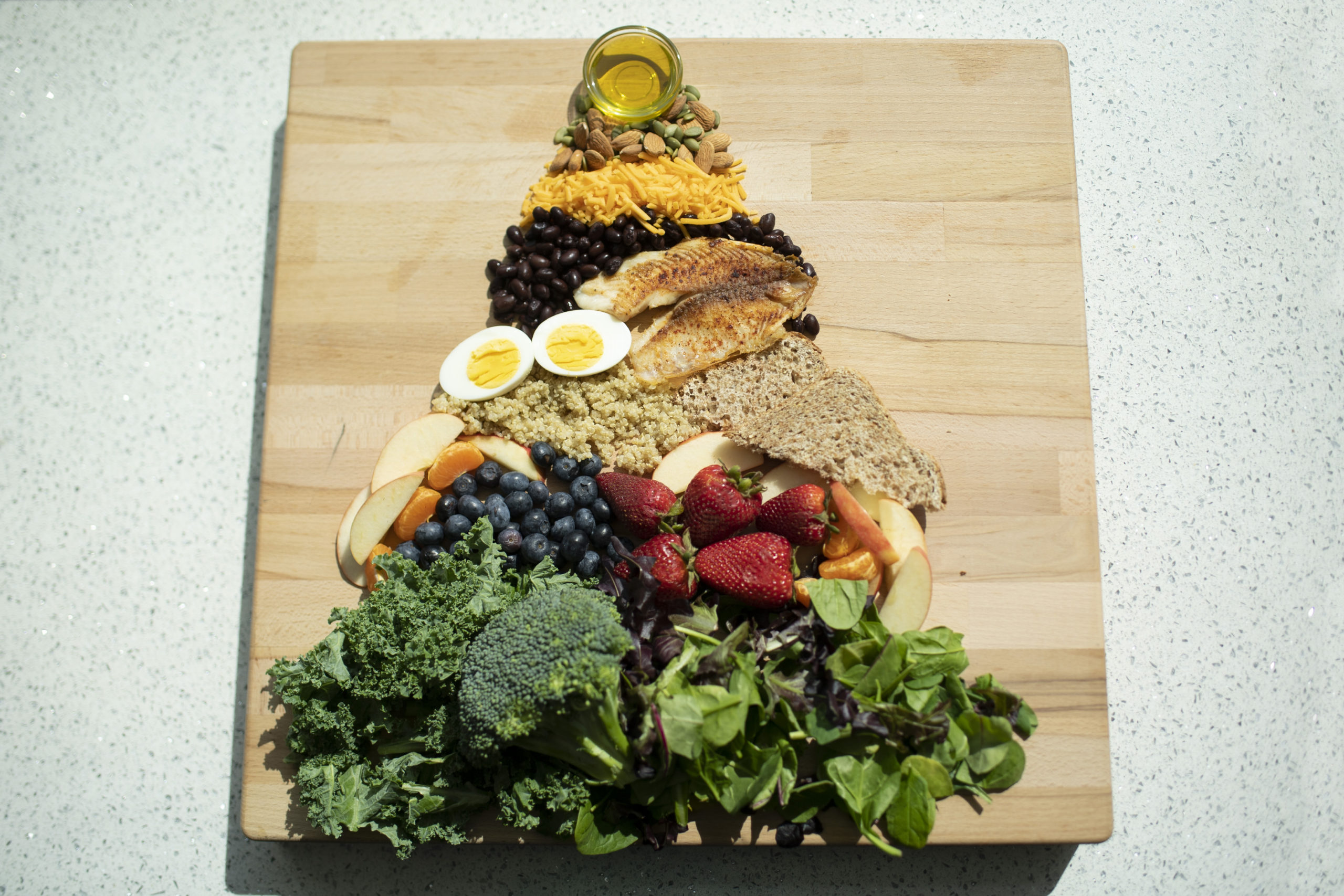

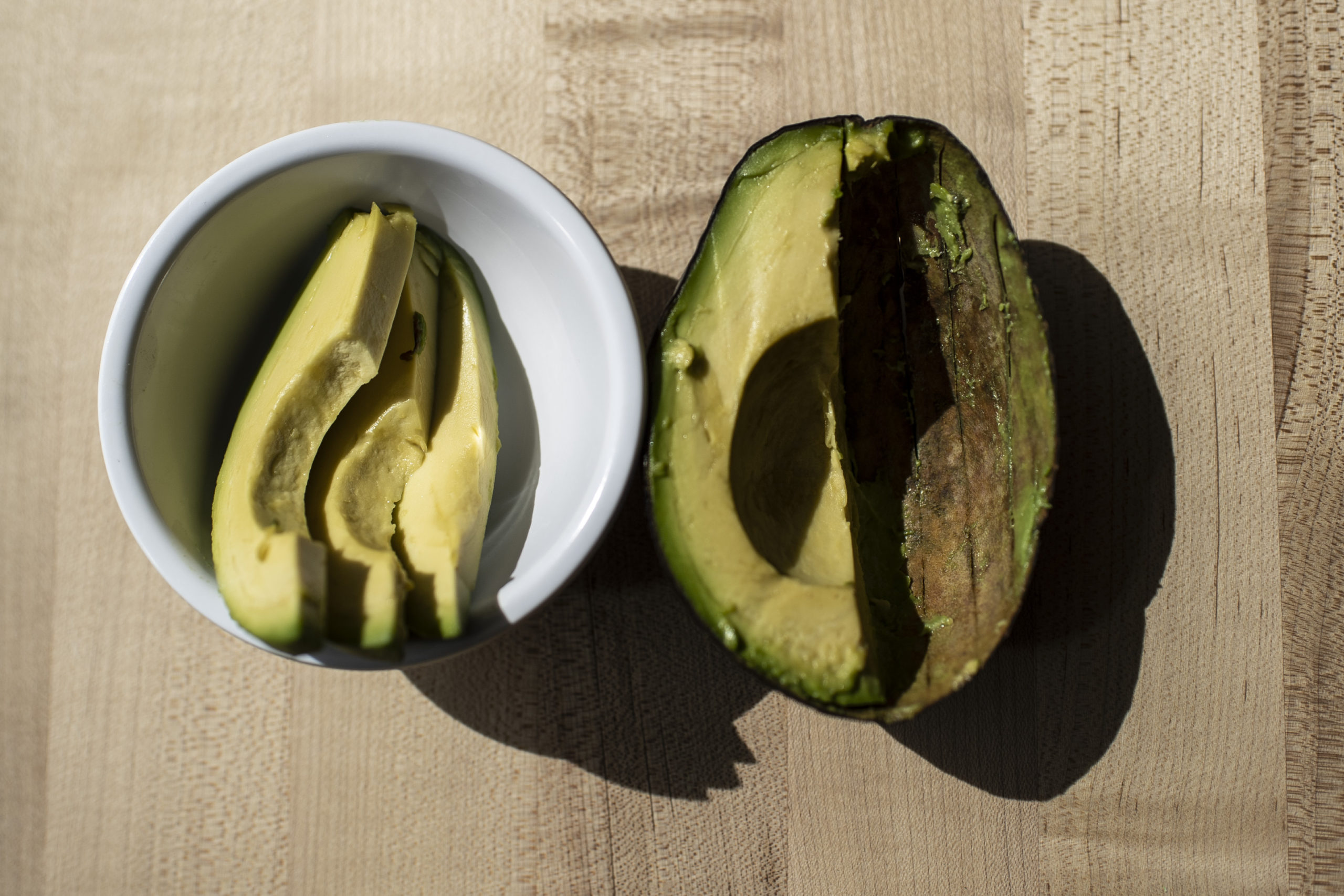
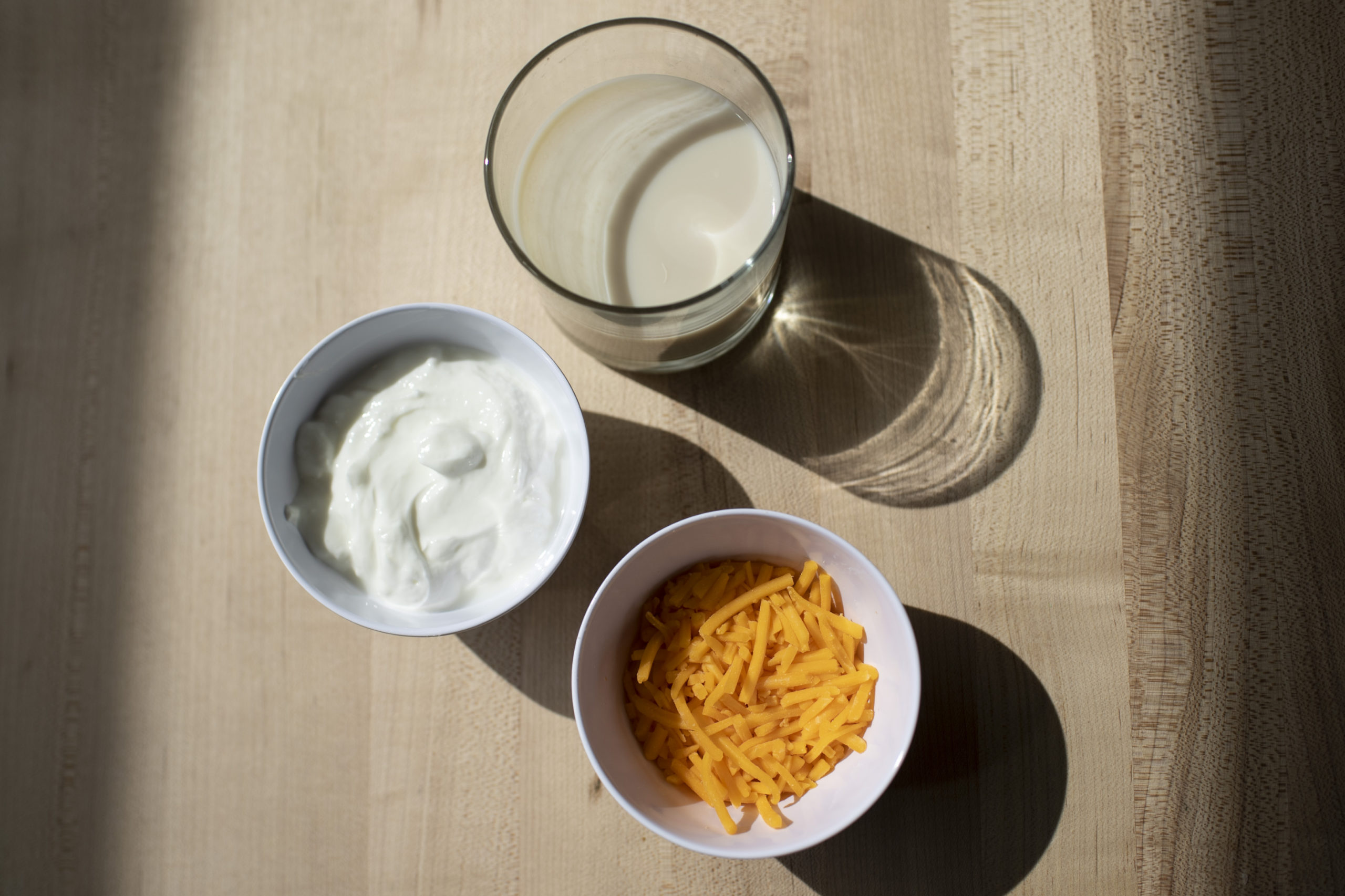

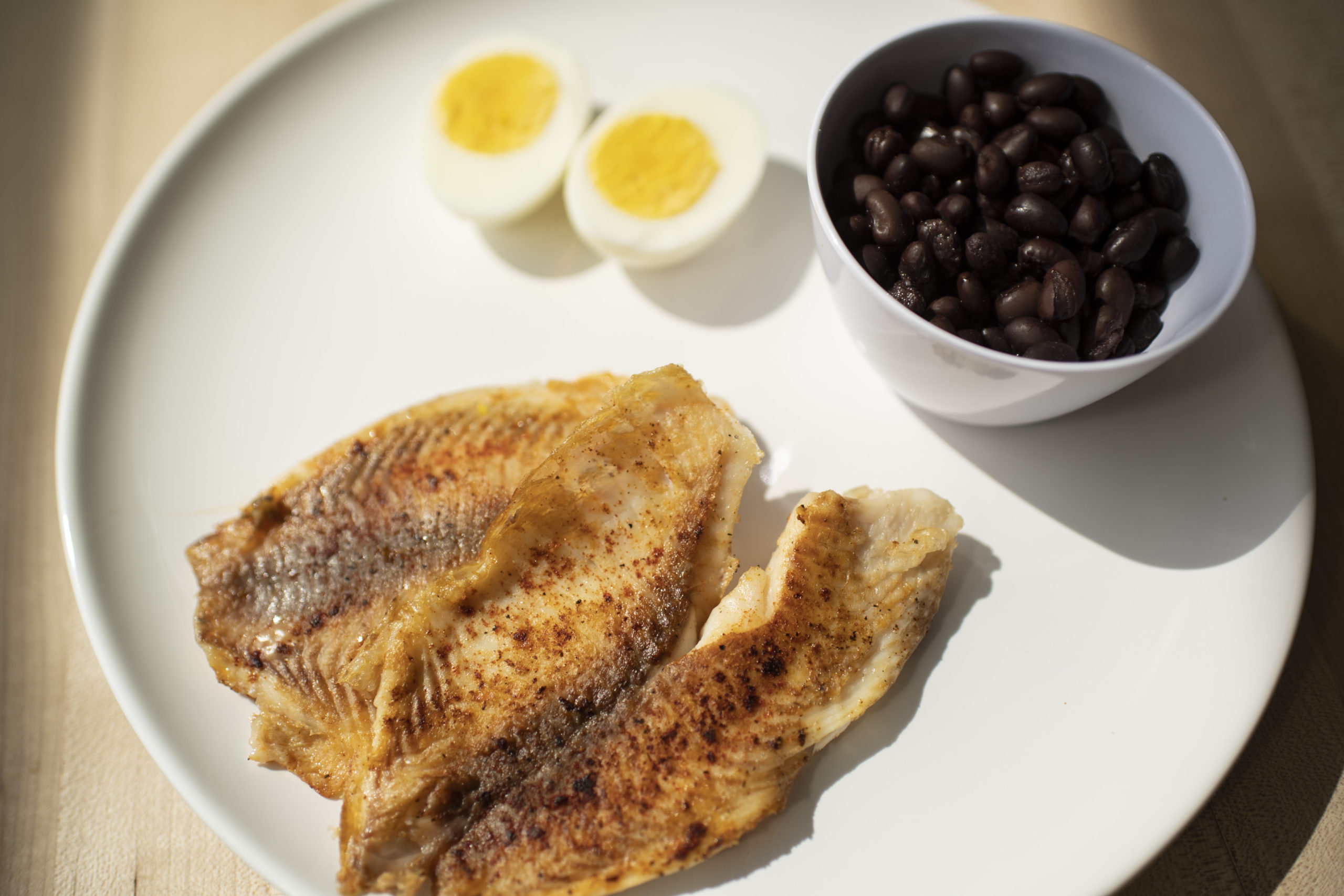



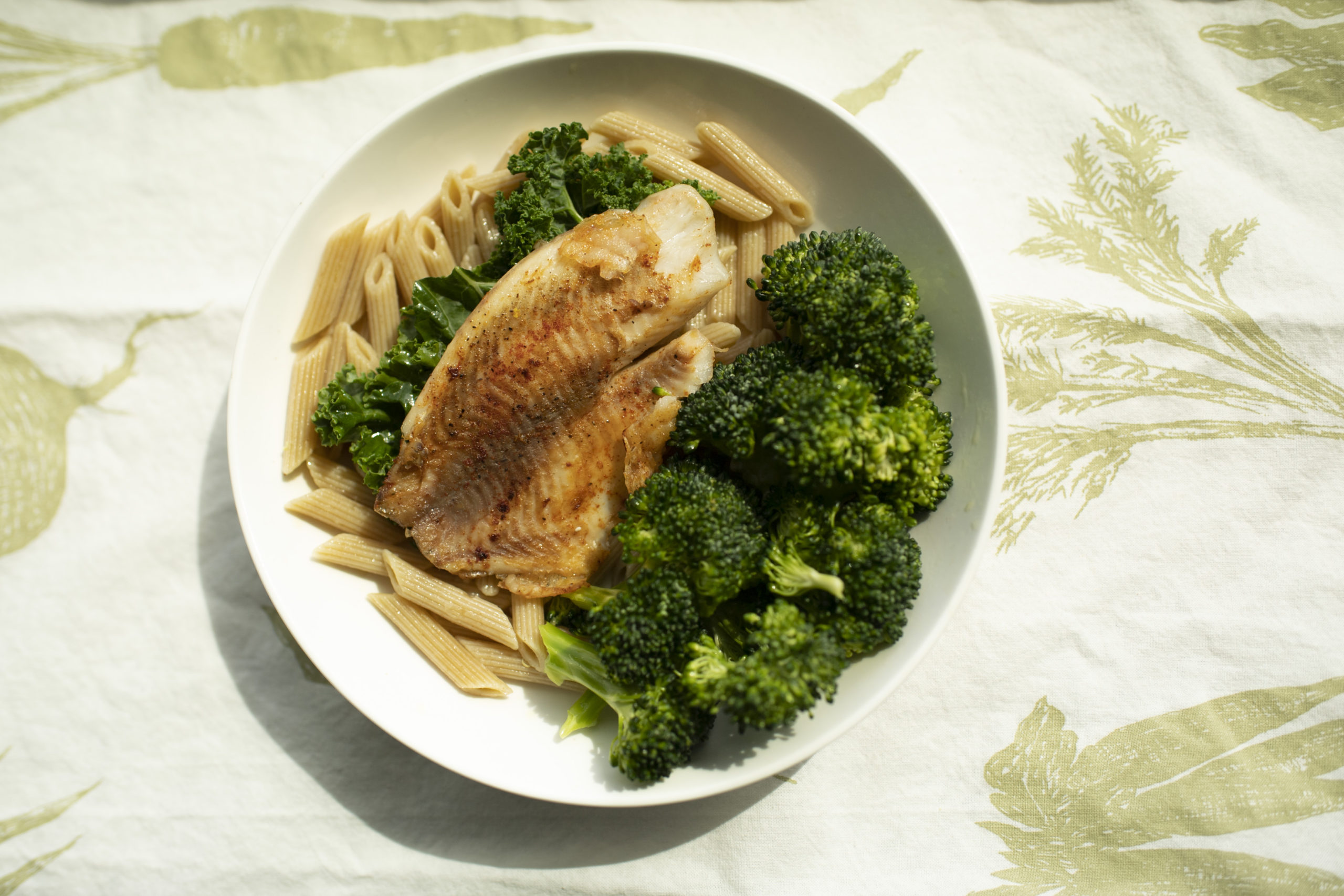

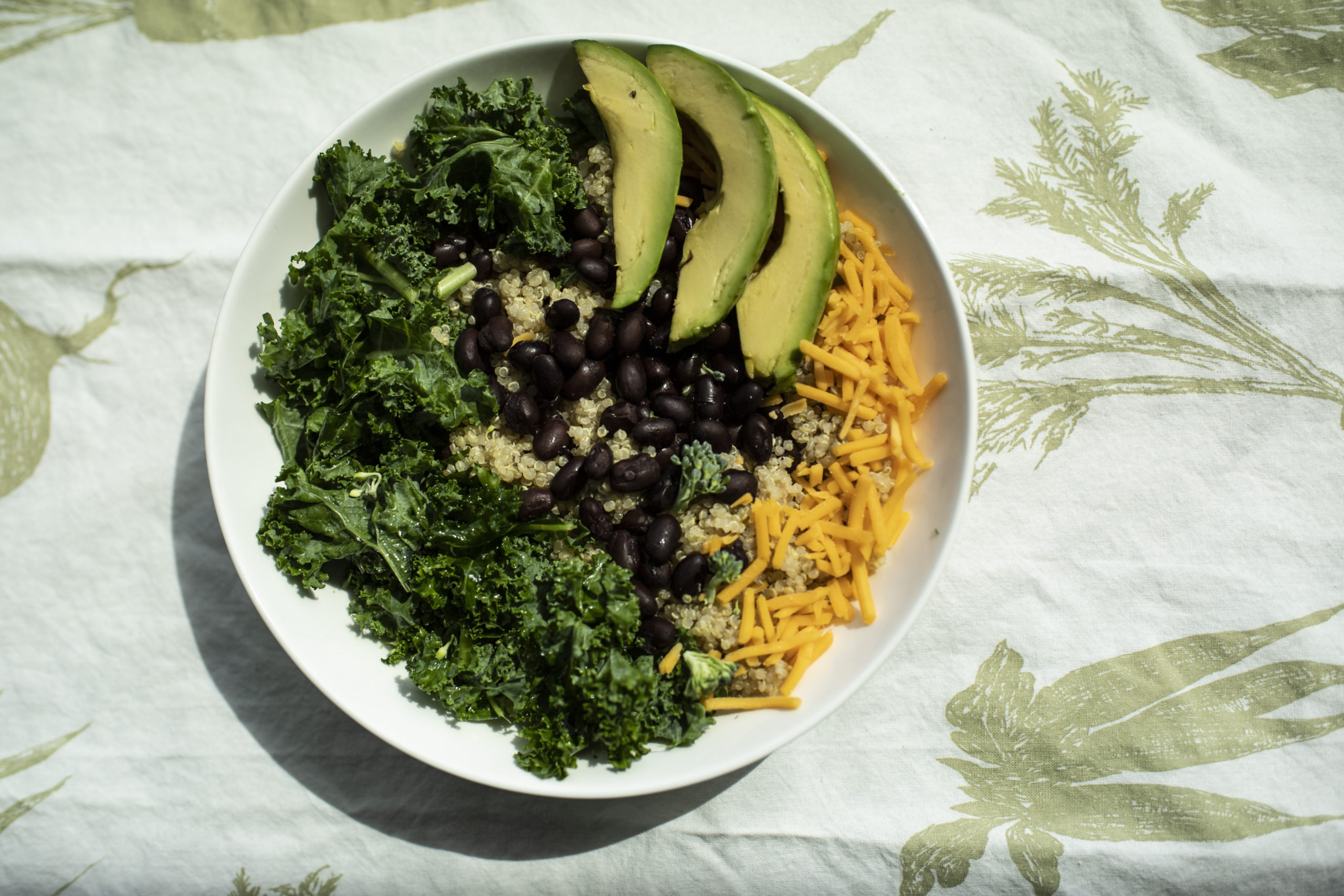













 /a>
/a>
 /a>
/a>
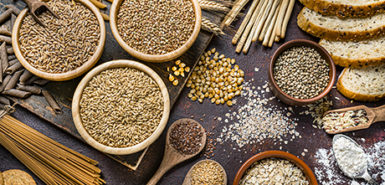 /a>
/a>